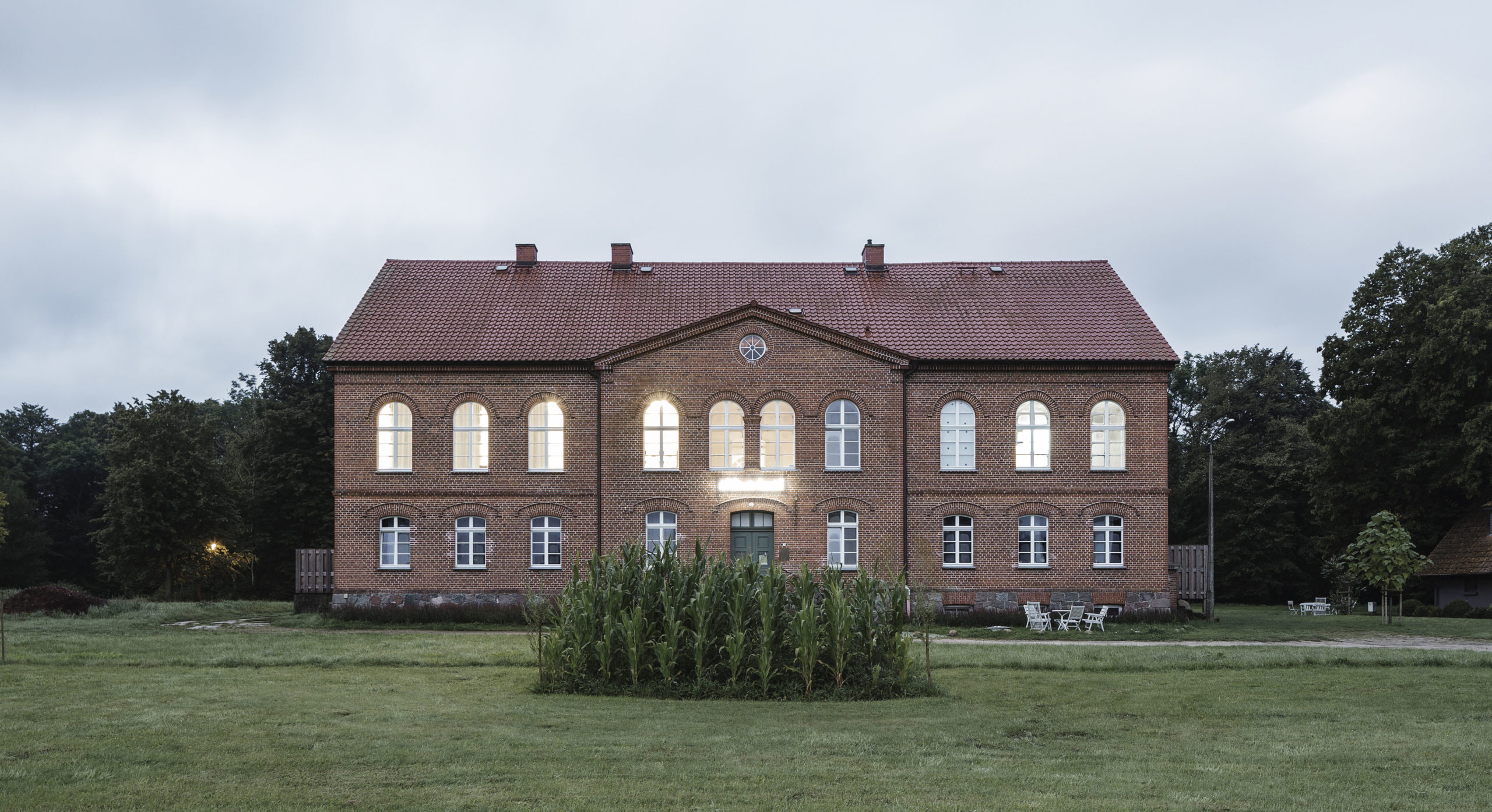Khadija Carroll
Vita
Khadija von Zinnenburg Carroll (MFA, PhD) lives and works as an academic and installation artist on site. Her practice is based in different forms of writing and moving image and she is currently a Humboldt Foundation Fellow in residence. Her performances and videos have been shown most recently at the ICA in London and the 2012 Marrakech Biennale. She holds a PhD from Harvard University and has recently completed a British Academy Newton Fellowship at the University of Cambridge. Khadija has curated various exhibitions internationally including Kranich Museum, Vienna Zocolo, and Homebase IV Berlin. Her collection of poems Interrogation at the Embassy are in their second edition with Edition Taube, and her museum in a book entitled Art in the Time of Colony will appear in February 2014 in Ashgate press’ series Empires and the Making of the Modern World, 1650-2000.
I am a Crane
neon sign, 2011 (currently exhibited in the museum)
As the artist pored through the literature on cranes, she found intriguing and often extreme identification with odd birds. The impression she had is that German writers in particular use cranes as metaphor for their own emotional and physical flights. The ancient Mandarin sources in comparison give thick descriptions and the Japanese a very restrained palette of images. From these haiku to the Daktylus rhymes of Brecht there is a sense how as human animals we watch, and then imagine ourselves to be what we are watching. This is the process by which she found that even she could become a crane („I am a Crane“).
Wall Text
2011 (currently exhibited in the museum)
You are encouraged to pick up the binoculars and read as carefully through the walls as you do when you birdwatch. The artist suggests that archaeologists of crane bones have already been here to reveal the same writings embedded in the walls. As she imagines, they found that at one point in this manor house’s life a writer sang to the building in its own tongue of bricks and mortar. Yamabe no Akahito’s poem of 724 was for instance found, and can be translated as „The water rises / on Wakanoura-bay /the lagoon
is flooded /and the waterfowl fly screaming /over to the other shore.”
Birds with One Stone
2011 (currently exhibited in the museum)
Kranich Museum hosts an exquisite collection of „crane stones” with its first exemples dated to 19th century. Genuinely expanded by later generations, and finally organized by Carroll, the current collection is one of a kind. „Grus Vigilans” is the story of why the crane stands on one leg. From Aristotle via Vergil, Plinius von Aelianus, to Grimm, Werner Herzog and local crane stone collectors from Pomerania, this unnatural history explains that the crane is
so vigilant, in case it should fall asleep, the rock would drop from its raised foot and wake it again.






